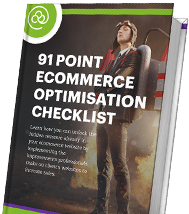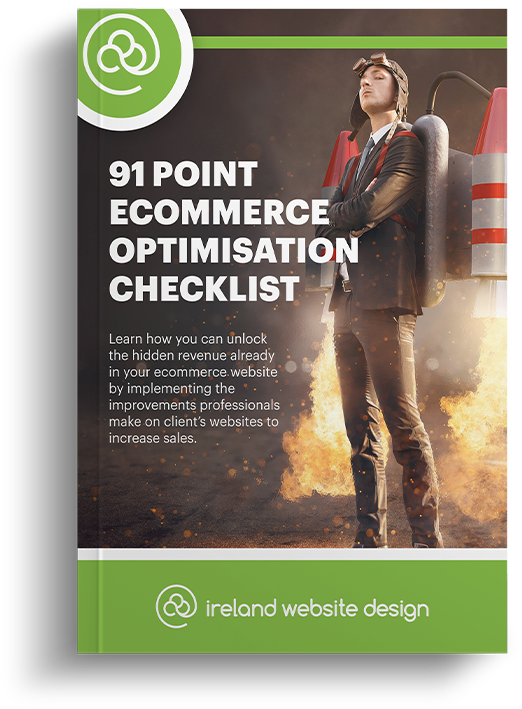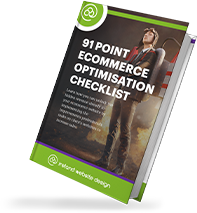With the worrying rise of fake news coming to light online and the ever-present clickbait, how can you keep your website away from hyperbole?
The trouble with fake news is that it can be hard for search engines and websites to detect this. After all, it is not going to be tagged with a ‘fake news’ tag by the author(s). It has recently come to light that online giants Facebook and Google unknowingly had fake news stories circulated and read within them, leading readers and viewers to possibly believe things that were false and incorrect. In this age where we rely on information from the internet in an instant, it was a worrying sign of just how much reliance we place on what is online and what we do with it. Because there is no failsafe way to identify fake news articles and stories, crackdowns and policy changes can only do so much to combat this.
Clickbait has been around for years, probably even decades. Using an enticing headline, URL, and/or meta description when displaying online; usually redirects those who click on it to a suspect or even malicious landing page. In other cases, it may try and force visitors to sign up for something or even present to them something completely different as to what the description alluded to. In tandem with fake news articles floating around online, surely you want your website as far away from this as possible. Now that fake news articles have come to light plus clickbait is (unfortunately) quite well known, here are three tips to implement on your website to make your authenticity known.
1. Not too Good to be True
Clickbait websites and links often advertise information and content that seems too perfect, because it is too perfect to be true: “Click here to win $1,000,000!” etc. Your website should not need to exaggerate claims and instead should focus on the reality of what you do for your customers. A great way to do this is via your meta descriptions, use this snippet space to entice customers with succinct and real information: “Connect Direct has been making couples since 2006 – click here to find out why.”
2. Evidence of You
A great way to reinforce reality is to back it up with picture proof. ‘Our Team’ pages with headshots of your staff members plus images of the team at work in your offices/premises are two popular examples. Images like these alongside your claims and client testimonials create a very real and tangible image of what your company does while at the same time backing up the claims that your company is making. While a fake news article could create or manipulate an image or images to mirror their fake news, it would be difficult and time-consuming to recreate the natural and genuine images that you have easy (because they are real) access to.
3. Free From Ads
There is nothing necessarily wrong or suspicious about hosting ads on your website. One of the most used websites in the world, Google, is rife with ads. However, an abundance of ads linking to suspect websites can look suspicious – misery loves company. If you can, keep your website free from external advertisements to show that visitors have arrived at a place that is purely in tune with their needs and can fulfill them.




